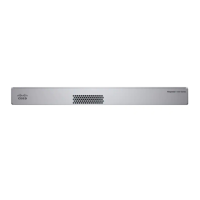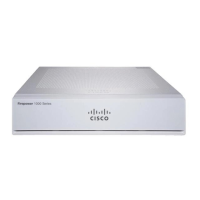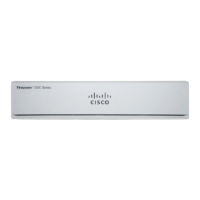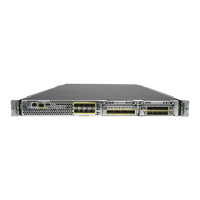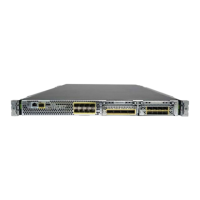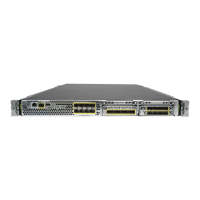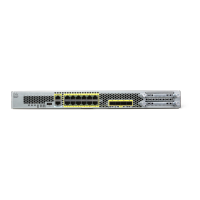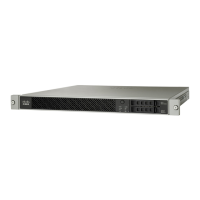CHAPTER 5
Firepower Threat Defense Deployment with FMC
Is This Chapter for You?
This chapter explains how to complete the initial configuration of your Firepower Threat Defense (FTD) and
how to register the device to a Firepower Management Center (FMC) located on your management network.
For remote branch deployment, where the FMC resides at a central headquarters, see Firepower Threat Defense
Deployment with a Remote FMC, on page 117.
In a typical deployment on a large network, you install multiple managed devices on network segments. Each
device controls, inspects, monitors, and analyzes traffic, and then reports to a managing FMC. The FMC
provides a centralized management console with a web interface that you can use to perform administrative,
management, analysis, and reporting tasks in service to securing your local network.
For networks that include only a single device or just a few, where you do not need to use a high-powered
multiple-device manager like the FMC, you can use the integrated Firepower Device Manager (FDM). Use
the FDM web-based device setup wizard to configure the basic features of the software that are most commonly
used for small network deployments.
The Cisco Firepower 1100 hardware can run either FTD software or ASA software. Switching between FTD
and ASA requires you to reimage the device. See Reimage the Cisco ASA or Firepower Threat Defense
Device.
Note
The Firepower 1100 runs an underlying operating system called the Firepower eXtensible Operating System
(FXOS). The Firepower 1100 does not support the FXOS Firepower Chassis Manager; only a limited CLI is
supported for troubleshooting purposes. See the FXOS troubleshooting guide for more information.
PrivacyCollection Statement—The Firepower 1100 does not require or actively collect personally-identifiable
information. However, you can use personally-identifiable information in the configuration, for example for
usernames. In this case, an administrator might be able to see this information when working with the
configuration or when using SNMP.
• Before You Start, on page 86
• End-to-End Procedure, on page 86
• Review the Network Deployment, on page 88
• Cable the Device, on page 90
• Power on the Device, on page 92
• Complete the FTD Initial Configuration, on page 93
• Log Into the Firepower Management Center, on page 96
Cisco Firepower 1100 Getting Started Guide
85

